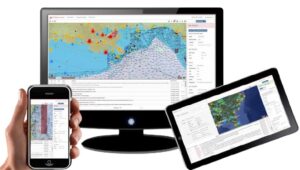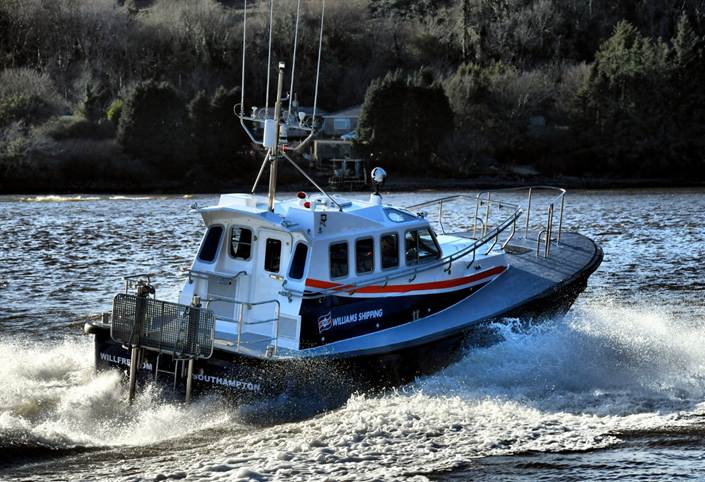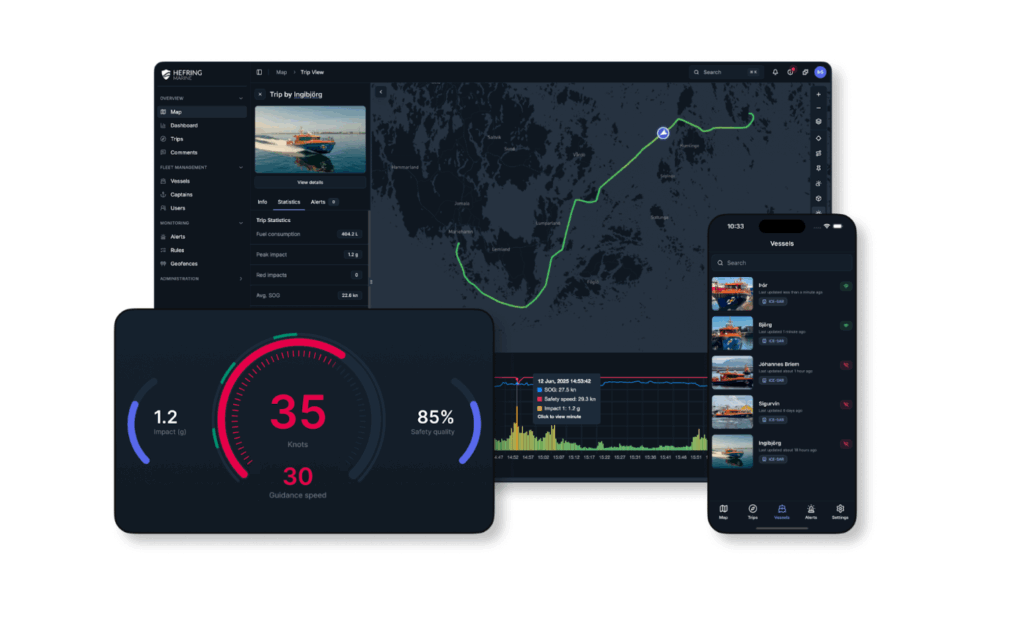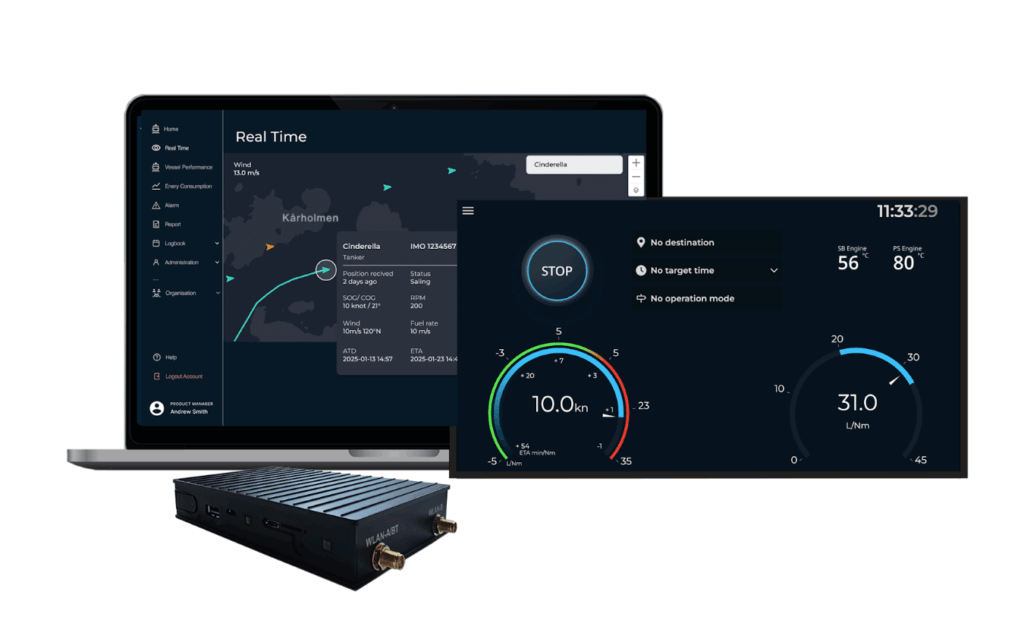Suppliers
Add your company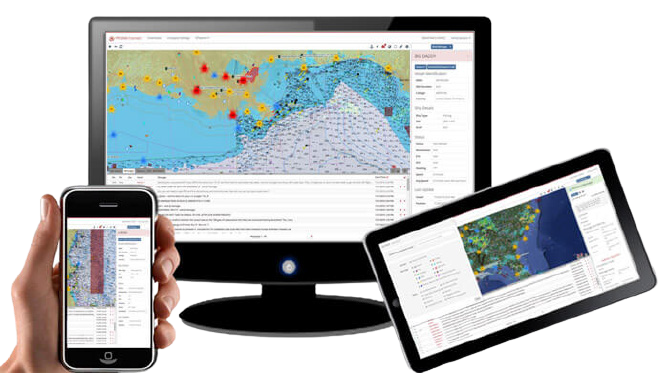
Empowering Data Connectivity, Everywhere: Innovative Satellite Communications & Telemetry Technologies
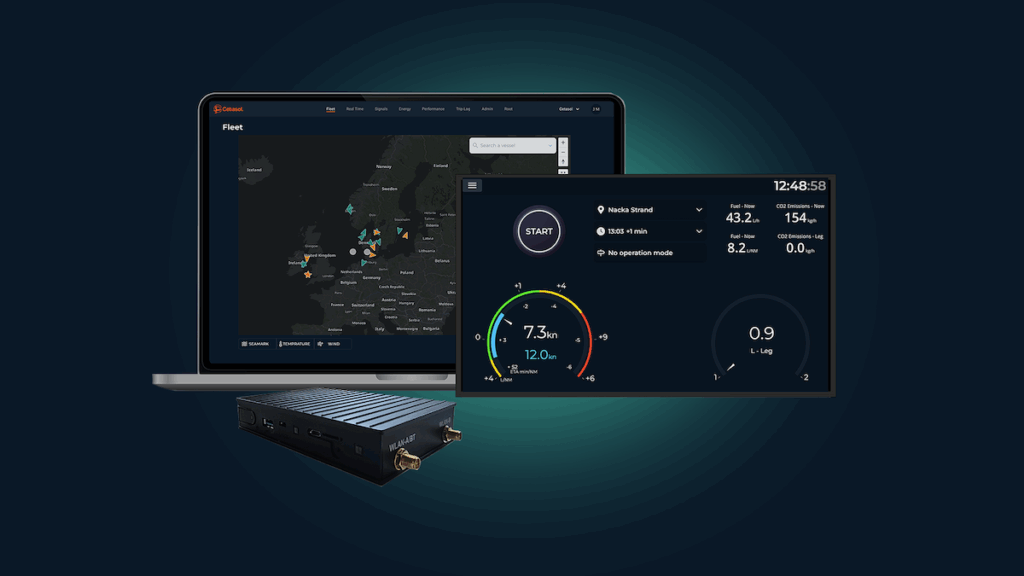
Intelligent AI-Powered Decision Support for Fuel Savings & Vessel Performance Tracking for Sustainable Maritime Operations
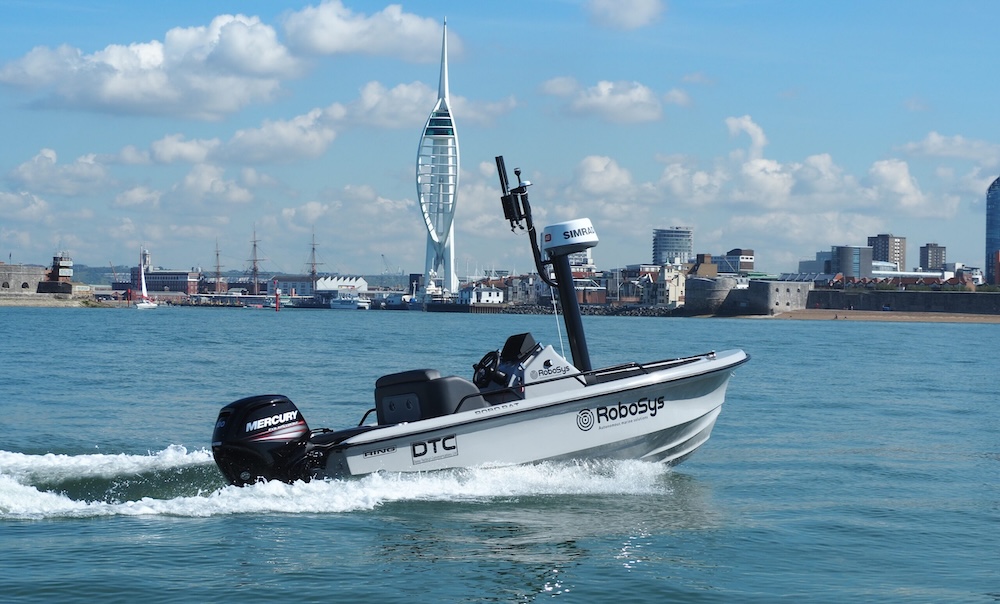
AI-Powered Maritime Autonomy & Remote Control Solutions for Government & Commercial Vessels
If you design, build or supply Marine Fleet Management, create a profile to showcase your capabilities on this page
Products
Marine Fleet Management Solutions for ROVs, Ships & Boats
Modern marine fleet management integrates data from navigation modules, inertial navigation systems, acoustic positioning sensors, and environmental monitoring platforms. These systems combine satcom connectivity, telemetry radios, predictive analytics engines, and control software to streamline fleet operations across commercial shipping, offshore energy, defense, and research applications. Operators achieve better resource utilization, reduced downtime, and improved situational awareness by consolidating command-and-control into secure, cloud-enabled platforms.
Core Components of Marine Fleet Management System
Marine fleet management systems are built on layered architectures that combine navigation, communication, and data management.
- Navigation Modules: GNSS systems, inertial navigation systems (INS), and acoustic positioning technologies ensure precise location awareness for both surface vessels and UUVs.
- Communication Infrastructure: Satellite communication, telemetry radios, and bandwidth management modules provide resilient data transfer between vessels and command centers.
- Data Fusion Engines: Sensor fusion combines data from GPS, AIS, environmental sensors, and onboard monitoring systems, producing a coherent operational picture.
- Control Software: Command-and-control (C2) software integrates telemetry, predictive analytics, and mission planning into a single user interface, supporting rapid decision-making.
- Power and Energy Monitoring: Health monitoring modules frequently connect with vessel power management systems to track onboard energy distribution, optimize load balancing, and maintain reliable propulsion performance.
- Cybersecurity Layers: Encryption modules and secure communication protocols safeguard sensitive fleet data against interference or unauthorized access.
These foundational elements enable fleets to operate autonomously or semi-autonomously, while remaining compliant with maritime regulations.
Real-Time Tracking and Geospatial Awareness
Continuous position reporting is critical for both manned and unmanned fleets. Marine fleet management platforms integrate real-time GPS tracking, AIS, and geofencing capabilities to provide exact vessel positions, headings, and velocities.
- Geofencing: Operators can define operational zones for AUVs, ROVs, or ships. Automated alerts are triggered when a platform enters restricted or hazardous areas.
- Dynamic Routing: By incorporating meteorological data, wave models, and ocean current forecasts, routing modules recommend least-cost paths that optimize fuel consumption while reducing voyage times.
- Search and Rescue Integration: Fleet management systems often include SAR functions, allowing real-time tracking of rescue vessels or unmanned systems deployed in emergencies.
For subsea fleets, acoustic positioning systems and inertial navigation modules ensure precise localization in GPS-denied environments. This is particularly relevant for ROVs and AUVs engaged in deepwater surveys, inspections, or defense operations.
Integrated Fleet Management Platforms
Integrated platforms consolidate multiple fleet functions into a single dashboard interface. These platforms provide a holistic view of fleet readiness, logistics, and mission performance.
Key capabilities include:
- Mission Planning Systems: Operators can schedule deployments, allocate assets, and synchronize multi-vessel operations.
- Fleet and Fuel Management: Intelligent fleet management systems track fuel usage, optimize bunkering schedules, and monitor engine performance to reduce operational costs.
- Asset Management Platforms: From spare parts inventories to scientific payloads, asset management ensures availability and readiness.
- Predictive Analytics Modules: Using historical data and machine learning, systems forecast maintenance requirements and mission outcomes.
The result is an integrated operational framework that reduces redundancy, enhances safety, and improves response times.
Fleet Maintenance and Predictive Systems
Unplanned downtime can significantly impact maritime operations. Fleet maintenance software and predictive maintenance systems help mitigate this risk.
- Health Monitoring Systems: Real-time diagnostics track propulsion, power, and control systems.
- Predictive Maintenance Algorithms: Machine learning identifies early warning signs of equipment failure.
- Maintenance Scheduling Systems: Cloud-based tools automate inspection intervals, ensuring compliance with SOLAS and IMO standards.
- Data Logging and Encryption: Secure storage systems maintain records for auditability and regulatory reporting.
- Efficiency Optimization: Fleet dashboards also integrate with vessel efficiency management systems to reduce fuel consumption, improve operational sustainability, and meet international emissions standards.
For unmanned systems such as ROVs and AUVs, health monitoring includes thruster diagnostics, sensor calibration, and tether management. Predictive analytics modules extend operational life while reducing mission interruptions.
Applications Across Marine and Offshore Domains
Marine fleet management solutions are deployed across a diverse range of industries:
Commercial Shipping
Shipping operators use maritime fleet management systems for cargo optimization, compliance reporting, and least-cost routing. Fleet dashboards enable centralized oversight of global vessel movements.
Offshore Energy
In offshore oil, gas, and renewable energy, fleet management supports vessel positioning, subsea inspections with ROVs, and crew logistics. Acoustic positioning modules and geofencing enhance safety in congested offshore fields.
Scientific Research
Oceanographic research vessels and autonomous platforms rely on fleet management software for synchronized surveys, environmental monitoring, and mission planning. Telemetry transmitters and receivers support data transmission from remote sites to shore-based laboratories.
Defense and Security
Naval and coast guard fleets employ integrated fleet management systems for surveillance, anti-submarine operations, and border control. MIL-STD-compliant communication modules ensure interoperability with allied systems under NATO STANAG protocols.
Fisheries and Conservation
Vessel monitoring systems help track fishing activities, enforce maritime boundaries, and support marine conservation efforts. Environmental sensors collect data on ocean conditions, informing sustainable fisheries management.
Benefits of Fleet Management Systems
The operational benefits of marine fleet management extend beyond efficiency and safety:
- Operational Efficiency: Route optimization and predictive analytics reduce costs.
- Enhanced Safety: Collision avoidance systems and real-time situational awareness minimize navigational risks.
- Sustainability: Fuel and emission monitoring systems align with MARPOL and IMO emission reduction targets.
- Regulatory Compliance: Automated reporting simplifies adherence to international standards.
- Scalability: Cloud-based fleet management software scales from small research fleets to global commercial operations.
Relevant Standards and Compliance Protocols
Fleet management solutions align with international standards that ensure safe and efficient maritime operations:
- IMO Regulations: Covering vessel safety, security, and pollution prevention.
- SOLAS: Mandating life-saving equipment, navigation standards, and tracking requirements.
- MARPOL: Establishing emissions and pollution controls.
- NATO STANAGs: Defining interoperability for defense-related fleet systems.
- MIL-STD Protocols: Governing ruggedized communication and command hardware.
How Fleet Management Supports Unmanned Systems
Unmanned systems (ROV, UUV, AUV, etc) present unique challenges that fleet management platforms address:
- Navigation: Inertial navigation systems and acoustic positioning support accurate localization below the surface.
- Telemetry: Bandwidth management modules ensure reliable data transmission in high-noise environments.
- Control Software: Remote operators manage mission parameters through cloud-based dashboards.
- Health Monitoring: Continuous diagnostics ensure unmanned systems remain mission-ready.
- Mission Planning: Integrated systems coordinate swarm operations across multiple autonomous platforms.
Future Directions in Fleet Management
Emerging technologies are shaping the future of marine fleet management:
- Autonomous Navigation Algorithms: Enabling fully autonomous AUVs and USVs with minimal human oversight.
- Artificial Intelligence Integration: Supporting predictive analytics, mission planning, and automated decision-making.
- OpenAPI Support: Facilitating interoperability between fleet management software and third-party applications.
- Cloud Integration: Enhancing scalability and enabling global access to operational data.
- Environmental Monitoring Platforms: Expanding capabilities for oceanographic research and compliance with sustainability targets.
Marine fleet management systems have evolved into multi-layered platforms that combine navigation, communication, and predictive analytics into unified solutions. For operators of ships, boats, ROVs, and AUVs, these systems deliver enhanced safety, compliance, and efficiency. Modern fleet management ensures mission success across the commercial, scientific, defense, and conservation sectors by aligning with international standards and integrating emerging technologies.








